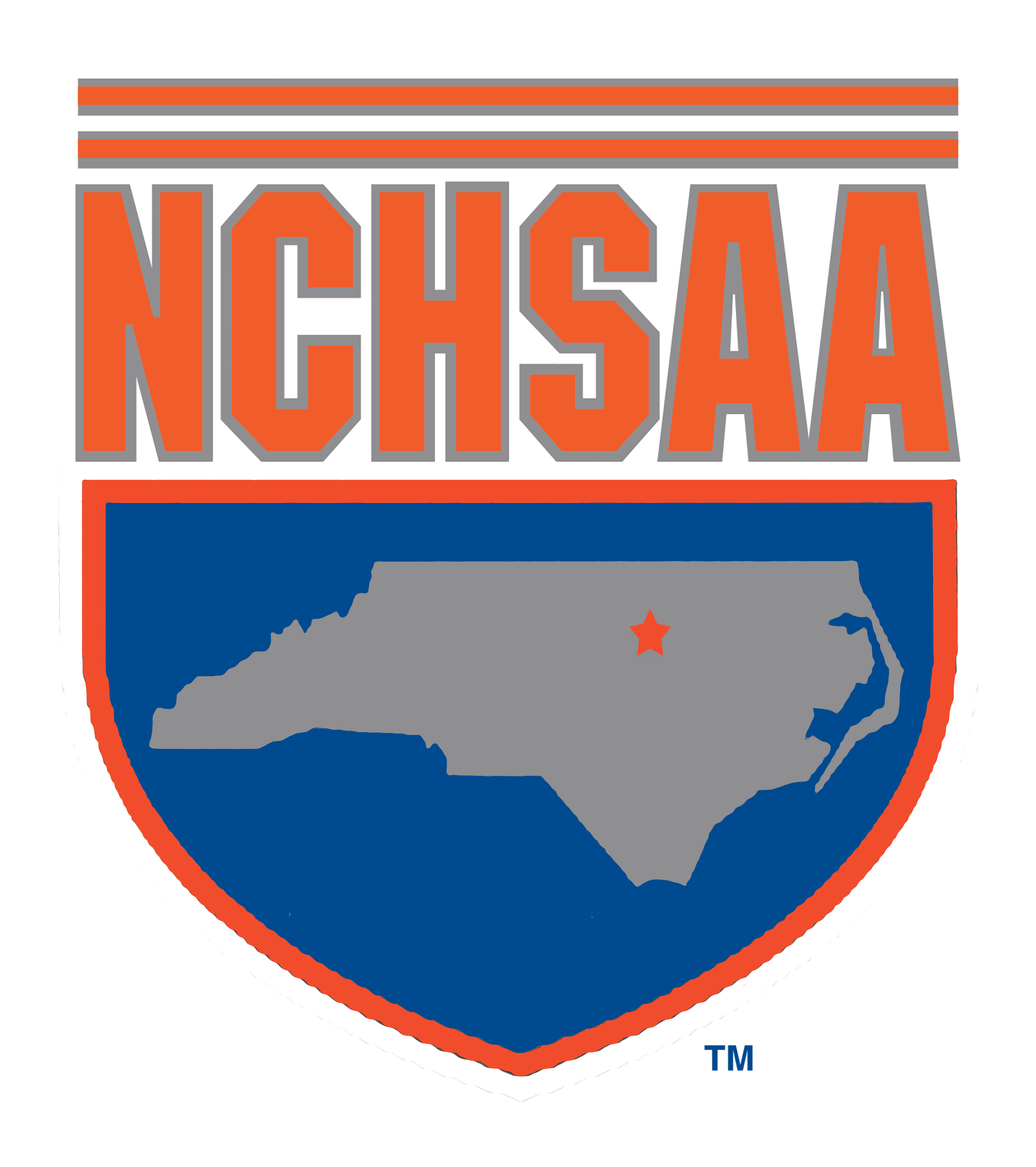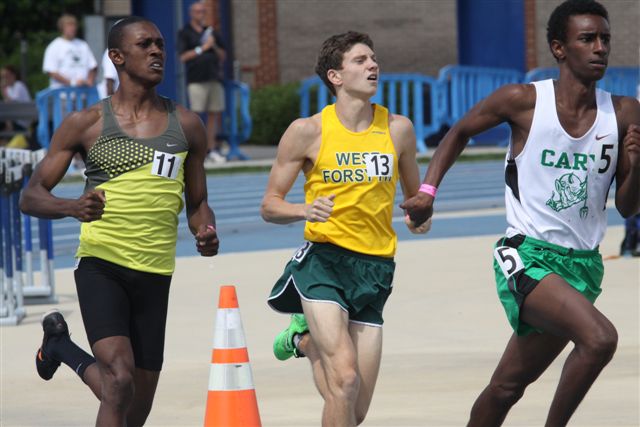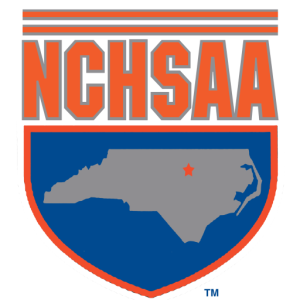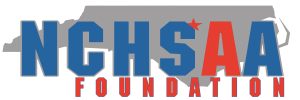INDIANAPOLIS– Beginning with the 2016 high school track and field season, the head starter (or designee), rather than the implement inspector, shall inspect all starting blocks used in the running events.
The addition of Article 4 to Rule 3-6 was one of eight changes recommended by the National Federation of State High School Associations (NFHS) Track and Field Rules Committee at its June meeting in Indianapolis. The committee’s recommendations were subsequently approved by the NFHS Board of Directors.
“The committee did significant work in cleaning up some confusion regarding trials and passes by expanding terms contained in definitions,” said Becky Oakes, NFHS director of sports and liaison to the Track and Field Rules Committee. “Likewise, changes were made to include the use of flags in field events and update cross country rules to reflect the current trends in the sport.”
Rules 6-1-1 through 5 were amended to expand and clarify the definitions for trials/attempts in throwing events. Rule 6-2-9 concerning a competitor’s initiation of a trial was consequently affected by the change. Similar revisions were made to Rules 7-1-1 through 7 and Rule 7-2-12 so the same clarification and expansion of definitions apply.
Other significant track and field rules changes included the revision of Rule 3-10-7. The rule now states that “the head event judge may be equipped with both a white and red flag” to signal whether a throwing attempt is fair or foul. The change will allow for more efficient administration of field events and for improved communication between officials, coaches and fans, Oakes said.
In cross country, Rule 9-3-3 was revised to recommend the use of a video or photograph to verify the order of finish in races in which the timing system indicates a differential of one-tenth of a second or less. Having the video as a back-up and a process in place for problems that may arise from the use of a computerized transponder/chip system is a good solution, Oakes said.
Added to Rule 9-3 is the recommendation of a finish corral at cross country meets where transponders are used for the order of finish.
Other changes to cross country included an addition to Rule 9-1-3, which now allows the use of double painted boundary lines and/or natural or artificial boundary markers as an alternative method to mark the course for both runners and spectators.
The remaining changes to track and field concern equipment standards. Rule 6-5-2 was added, specifying the maximum allowed diameter for indoor shot put to account for the synthetic cover that is not present on the outdoor implement. Rule 6-6-1 was revised to allow for the use of newer javelin materials such as carbon fiber. Finally, Rule 7-6-3 was altered to recommend that the takeoff board for long jump and triple jump be eight inches wide, but still allow for larger boards.
Track and field is the second-most popular sport for boys with 580,321 participants in 16,271 schools and is the No. 1 sport for girls with 478,885 participants in 16,217 schools during the 2013-14 season, according to the NFHS Athletics Participation Survey. Cross country is the seventh-most popular sport for boys with 252,547 participants in 14,473 schools and is the sixth-most popular sport for girls with 218,121 participants in 14,267 schools.



